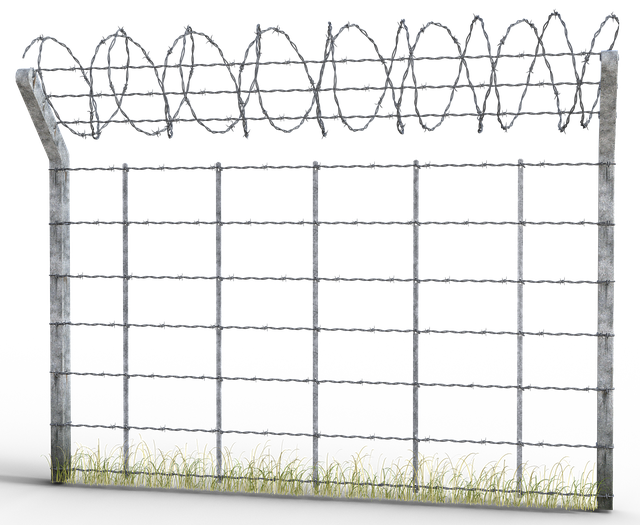In the face of relentless coastal elements, durable wooden fencing offers a robust and aesthetically pleasing solution. This article explores why wood is an exceptional choice for coastline defenses, highlighting its natural beauty and strength. We delve into the advantages of specific durable wood species, providing insights on their unique properties. Additionally, practical installation tips tailored to coastal conditions ensure longevity. Learn essential maintenance routines to keep your fence vibrant and robust, outlasting the challenges of salty air and humidity.
- Why Choose Wooden Fencing for Coastlines?
- Advantages of Durable Wood Species
- Installation Considerations for Coastal Conditions
- Maintenance and Longevity Tips
Why Choose Wooden Fencing for Coastlines?
Wooden fencing offers an attractive and durable solution for coastal properties, providing both functional and aesthetic benefits. Its natural beauty and versatility make it a popular choice for homeowners seeking to enhance their outdoor spaces. In coastal areas, where harsh weather conditions are common, wood fencing stands as a resilient option. Unlike other materials that may corrode or deteriorate quickly, treated wooden fences can withstand the constant exposure to salt air and moisture, ensuring longevity.
The environmental advantages of wood also make it an eco-friendly selection. It is a renewable resource, readily available and easily recyclable. Additionally, its low maintenance requirements mean less time and money spent on upkeep, allowing homeowners to focus on enjoying their outdoor environments rather than maintaining them.
Advantages of Durable Wood Species
Durable wood species offer several advantages for coastal fencing, making them an excellent choice for regions prone to high moisture levels and salty air. First, these woods have a natural resistance to decay, which is a common issue in humid environments. This longevity ensures that the fence remains strong and stable over time, reducing the need for frequent repairs or replacements. Many durable wood species also possess a higher density, providing increased strength and durability against intense coastal winds and potential storm damage.
Additionally, some types of wood have inherent protective properties that make them well-suited for coastal settings. For instance, certain woods contain natural oils that repel water and prevent moisture absorption. This feature helps to maintain the fence’s aesthetic appeal by minimizing warping, splitting, or mold growth commonly associated with high-moisture areas. These advantages contribute to a longer-lasting and more visually appealing fencing solution for coastal properties.
Installation Considerations for Coastal Conditions
When installing wooden fencing in coastal areas, it’s crucial to account for the unique challenges posed by salt air, high humidity, and potential extreme weather events. These conditions can accelerate wood decay and corrosion, posing significant risks to structural integrity over time. Therefore, selecting a durable fence material is essential, with treated or exotic hardwoods offering superior resistance to these environmental factors.
During installation, it’s important to ensure proper drainage around the fence line, as standing water can exacerbate moisture-related issues. Consider elevated or angled installations to mitigate water pooling and use water-resistant sealing products to protect joints and bases. Additionally, reinforcing posts with concrete anchors deep into stable soil will enhance overall stability against strong winds and storms, ensuring a more durable and long-lasting coastal fence.
Maintenance and Longevity Tips
Maintaining durable wooden fencing in coastal areas requires a thoughtful approach to ensure longevity. Regular cleaning is key; removing salt spray and debris prevents damage and keeps the fence looking its best. A water-based, UV-resistant stain can protect against fading and rot, making it an essential step in maintaining your fence.
Additionally, monitoring for signs of wear and tear, such as split boards or loose nails, is crucial. Prompt repair ensures structural integrity and prevents further damage caused by harsh coastal conditions. Staining or sealing the wood annually will also contribute to its durability, protecting it from moisture and prolonging its life.
